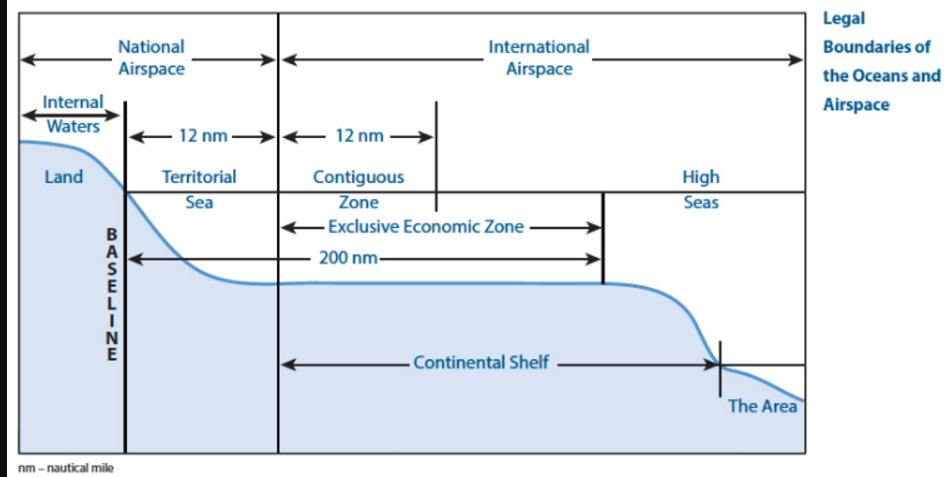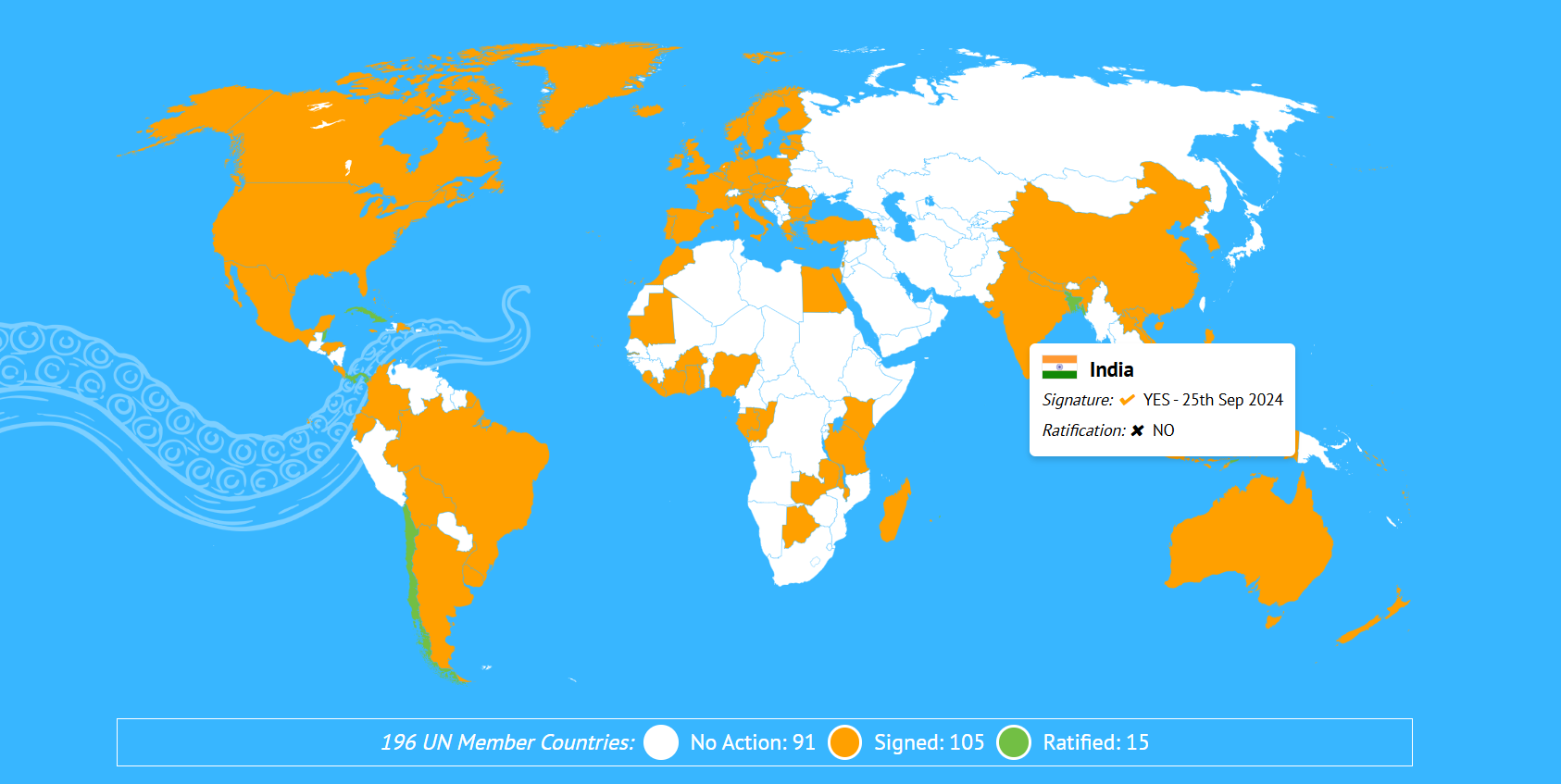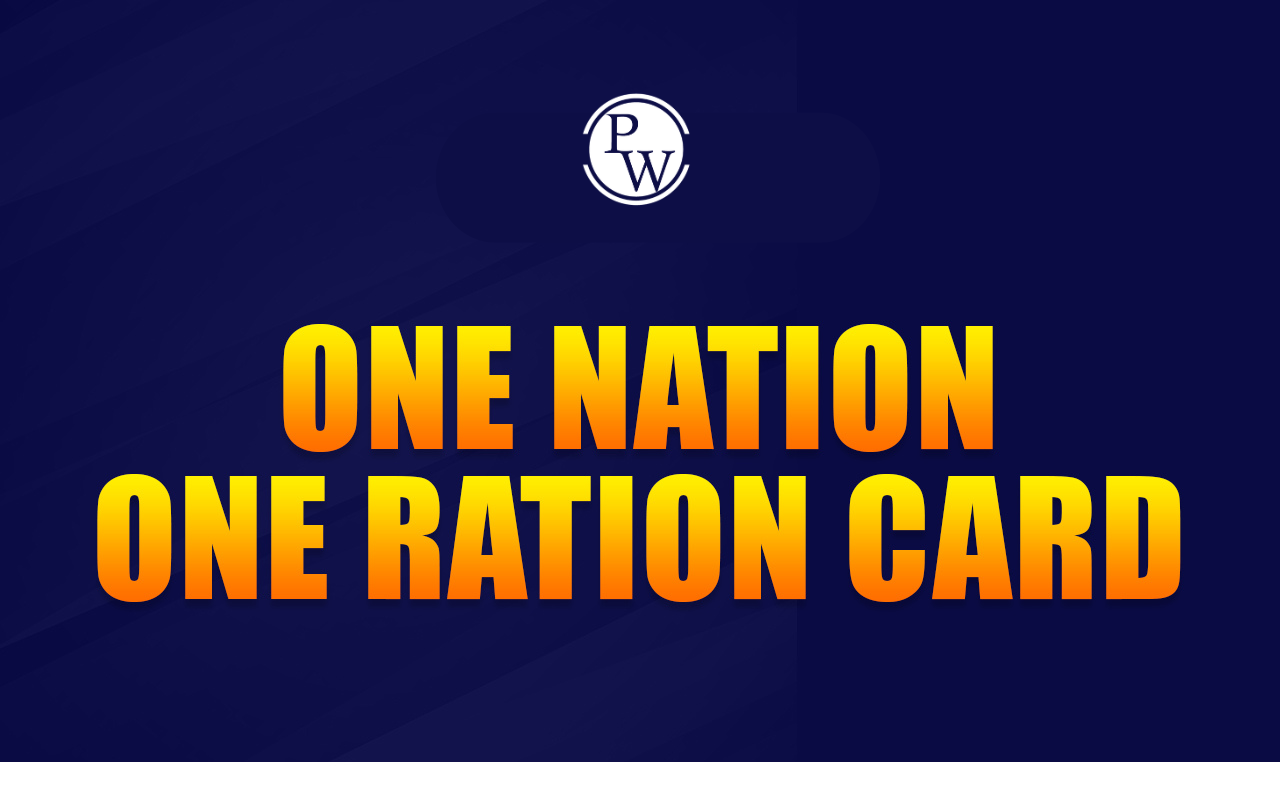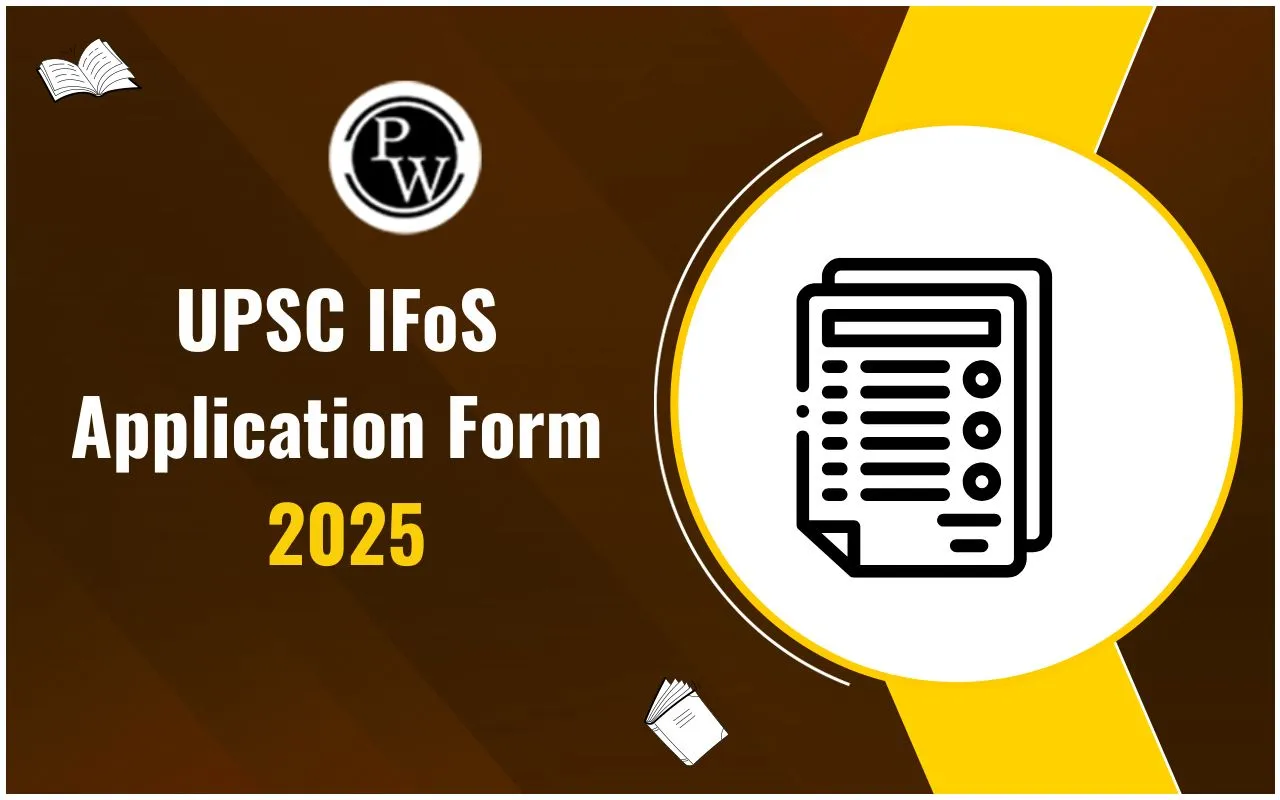
The High Seas Treaty , formally known as the Biodiversity Beyond National Jurisdiction (BBNJ) Agreement , is an international treaty aimed at preserving and sustainably managing marine biodiversity in areas that lie outside the jurisdiction of any single country.
The High Seas Treaty was signed at the 5th BBNJ Intergovernmental Conference in 2023 . It is the first international treaty designed to protect the high seas . Learn more about the High Seas Treaty, its objectives, the number of countries that signed it, and its significance.What are High Seas?
Every country has an Exclusive Economic Zone (EEZ) that extends up to 200 nautical miles from its coastline . In this zone, countries have special rights to explore and manage natural resources. Beyond this region, there are areas of the ocean that are not under the jurisdiction of any nation. Source: NOAA Ocean Exploration
This region is known as the
high seas
, according to the
1958 Geneva Convention
, and accounts for up to
64% of the world's oceans.
While the high seas are equally important for marine biodiversity, global trade, and climate regulation, they face significant challenges due to a lack of governance, including overfishing, pollution, and degradation requiring a dedicated treaty to protect them.
Source: NOAA Ocean Exploration
This region is known as the
high seas
, according to the
1958 Geneva Convention
, and accounts for up to
64% of the world's oceans.
While the high seas are equally important for marine biodiversity, global trade, and climate regulation, they face significant challenges due to a lack of governance, including overfishing, pollution, and degradation requiring a dedicated treaty to protect them.
What is UN High Seas Treaty?
The UN High Seas Treaty is a groundbreaking international agreement aimed at protecting marine biodiversity in areas beyond national jurisdiction. This treaty was adopted in the Intergovernmental Conference on Marine Biodiversity of Areas Beyond National Jurisdiction (BBNJ). The High Seas Treaty addresses the urgent need for sustainable use and conservation of marine resources in the high seas by establishing frameworks for creating marine protected areas, conducting environmental impact assessments, and regulating activities that affect ocean ecosystems. Once it comes into force, it will be the third implementation agreement under UNCLOS.| What is UNCLOS? The United Nations Convention on the Law of the Sea (UNCLOS) is an international treaty that establishes the l egal framework for the use and conservation of the world's oceans . It was adopted in 1982 and came into force in 1994. India is a state party to this treaty. UNCLOS is often referred to as the "constitution of the sea" as it defines the rights and responsibilities of coastal states and other users of the ocean water. |
High Seas Treaty Signatories
The High Seas Treaty was opened for signature on September 20, 2023 , and will remain open for signature until September 20, 2025. To become international law, at least 60 countries must sign and ratify it. As of November 2024, the treaty has been signed by 105 countries, but only 15 countries have ratified it. India signed the High Seas Treaty on September 25, 2024, but has not yet ratified it. Once the signing period ends, countries can “accede” to the Biodiversity Beyond National Jurisdiction (BBNJ) Agreement, which carries a legal status similar to ratification. Source: highseasalliance.org
Source: highseasalliance.org
Objectives of High Seas Treaty
The High Seas Treaty seeks to achieve several critical goals that include:- Establishment of Marine Protected Areas (MPAs): Creating zones in the high seas where human activities are restricted to preserve biodiversity.
- Sustainable Use of Marine Resources : Ensuring fair and equitable access to marine resources while preventing their exploitation.
- Capacity Building and Technology Transfer: Assisting developing nations in conserving and managing marine biodiversity.
- Environmental Impact Assessments: Mandating evaluations before initiating activities that could harm marine ecosystems.
Highlights of the High Seas Treaty
The BBNJ Agreement also known as the High Seas Treaty incorporates several key provisions to ensure its effectiveness:- Marine Protected Areas (MPAs): At least 30% of the high seas will be designated as protected zones by 2030, aligning with the global biodiversity framework.
- Access to Marine Genetic Resources (MGR): Establishing rules for the fair sharing of benefits derived from marine genetic resources.
- Decision-Making Mechanism: A conference of parties (COP) will oversee the treaty’s implementation, ensuring compliance and resolving disputes.
- Environmental Impact Assessments (EIAs) : All activities with potential harm to the marine environment must undergo rigorous assessments.
- Funding Mechanisms: The treaty emphasizes financial assistance for developing nations to participate in conservation efforts effectively.
Challenges to the High Seas Treaty
One year has passed since the treaty was opened for signature and ratification, and yet only 15 countries have ratified it so far. This slow progress highlights several challenges facing the implementation of the High Seas Treaty:- Shared Ownership Issues: Particularly on shared Marine Genetic Resources (MGR). Developed countries may hesitate to share profit from the exploitation of these resources through a global fund.
- Challenge of Global Coordination : Coordinating policies and enforcement across international waters is a major challenge, especially in regions that have conflicting ownership claims.
- Economic Priorities: Nations may prioritize short-term economic gains over long-term environmental sustainability, leading to resistance against adhering to stricter conservation measures.
- Enforcement and Monitoring: Implementing the treaty, particularly the EIA clause effectively requires robust monitoring and enforcement mechanisms, which can be difficult to establish and maintain in international waters.
Significance of the High Seas Treaty
Despite the challenges associated with it, the High Seas Treaty is a promising agreement to protect ocean and marine resources. Its significance lies in:- Global Commons : The high seas are considered the "common heritage of mankind." The treaty supports the idea that these areas should be managed for the benefit of all humankind, not just individual nations.
- Environmental Protection: The treaty is crucial in addressing environmental challenges like ocean pollution, overfishing, and habitat destruction.
- UNCLOS Spirit : It will establish a legal mechanism and fill the gap in implementation guidelines in existing UNCLOS to protect the 64% unprotected region of the ocean.
- Achieve SDG No. 14 : The treaty aligns with the United Nations' Sustainable Development Goals (SDG) 14, "Life Below Water," promoting conservation and sustainable use of oceans, seas, and marine resources.
- Promote International Cooperation: The treaty facilitates collaboration among nations, emphasizing the importance of working together to manage and protect the shared oceanic environment effectively.
| UPSC Related Articles | ||
| India International Science Festival | Mission Karmayogi | Tribunals in India |
| Parliament Sessions | Cooperative Federalism | Anti-Defection Law |
High Seas Treaty FAQs
What does the High Seas Treaty do?
The High Seas Treaty accepted in 2023 establishes a legal framework to protect and conserve marine biodiversity in areas beyond national jurisdiction
What is the importance of the High Seas?
The high seas are critical for biodiversity, global climate regulation, and supporting millions of livelihoods worldwide.
How many countries signed the High Seas Treaty?
Over 105 countries signed the High Seas Treaty during its adoption phase in 2023.
Has India signed the UN High Seas Treaty?
Yes. India has signed the High Seas Treaty on September 25, 2024.
What is the difference between UNCLOS and the High Seas Treaty?
UNCLOS establishes general principles for ocean resource use and biodiversity protection but lacks detailed implementation guidelines. The High Seas Treaty fills this gap with specific rules for effective conservation and management.
Talk to a counsellorHave doubts? Our support team will be happy to assist you!

Free Learning Resources
PW Books
Notes (Class 10-12)
PW Study Materials
Notes (Class 6-9)
Ncert Solutions
Govt Exams
Class 6th to 12th Online Courses
Govt Job Exams Courses
UPSC Coaching
Defence Exam Coaching
Gate Exam Coaching
Other Exams
Know about Physics Wallah
Physics Wallah is an Indian edtech platform that provides accessible & comprehensive learning experiences to students from Class 6th to postgraduate level. We also provide extensive NCERT solutions, sample paper, NEET, JEE Mains, BITSAT previous year papers & more such resources to students. Physics Wallah also caters to over 3.5 million registered students and over 78 lakh+ Youtube subscribers with 4.8 rating on its app.
We Stand Out because
We provide students with intensive courses with India’s qualified & experienced faculties & mentors. PW strives to make the learning experience comprehensive and accessible for students of all sections of society. We believe in empowering every single student who couldn't dream of a good career in engineering and medical field earlier.
Our Key Focus Areas
Physics Wallah's main focus is to make the learning experience as economical as possible for all students. With our affordable courses like Lakshya, Udaan and Arjuna and many others, we have been able to provide a platform for lakhs of aspirants. From providing Chemistry, Maths, Physics formula to giving e-books of eminent authors like RD Sharma, RS Aggarwal and Lakhmir Singh, PW focuses on every single student's need for preparation.
What Makes Us Different
Physics Wallah strives to develop a comprehensive pedagogical structure for students, where they get a state-of-the-art learning experience with study material and resources. Apart from catering students preparing for JEE Mains and NEET, PW also provides study material for each state board like Uttar Pradesh, Bihar, and others
Copyright © 2025 Physicswallah Limited All rights reserved.






